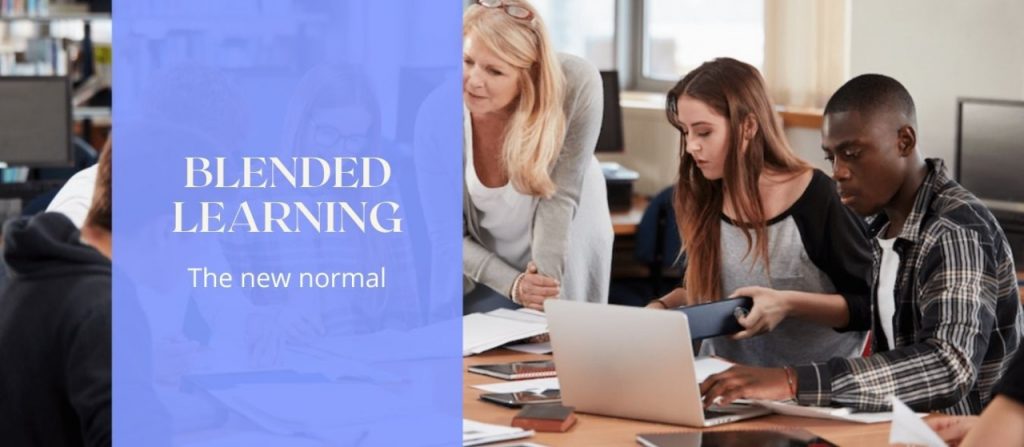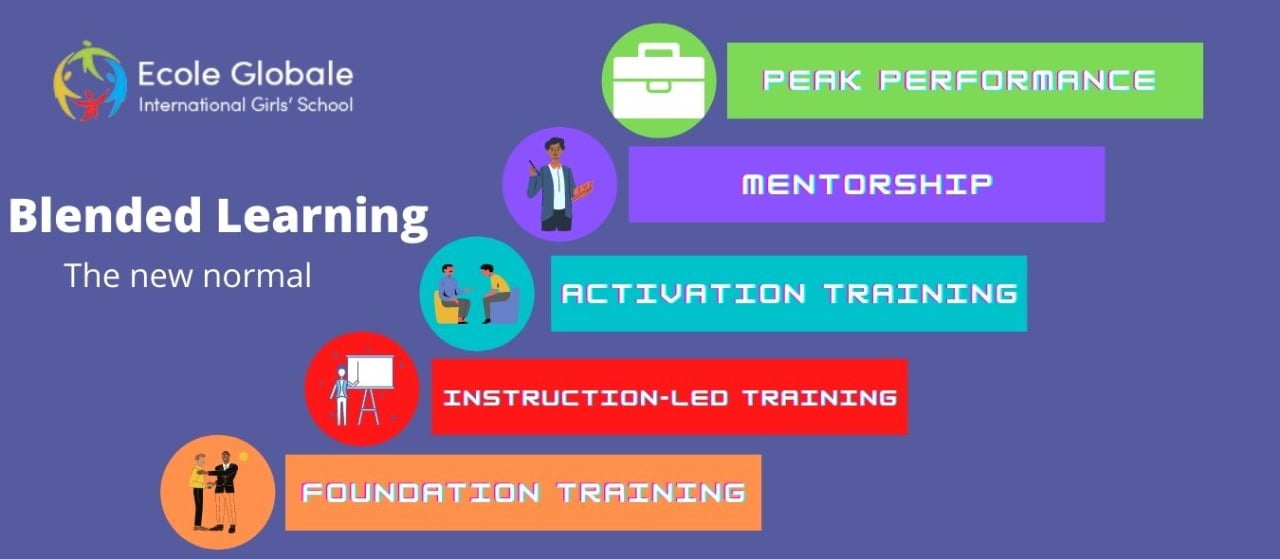In January 2020, scientists discovered an infectious disease caused by a novel coronavirus. The COVID-19 pandemic has caused havoc in schools and universities across the country since then. According to UNESCO, over 188 countries had enforced national school and university closures as of April 10, 2020, affecting over 91 percent of the global student population.
All in-person classes were canceled during school closures, forcing many schools, including our own university, to quickly shift from face-to-face learning to fully blended learning. Many teachers and students who prefer in-person teaching have found the sudden transition to completely online learning to be especially stressful.
Blended Learning
Blended learning or online education is often portrayed as a less desirable option that provides lower-quality education than face-to-face instruction. A broad survey reported certain negative attitudes toward fully online learning. In other terms, 91 percent of professors do not want to teach in an entirely online world. Students’ perceptions of entirely online classes aren’t any better; according to a recent student survey of more than 40,000 students from 118 American universities, up to 70% of respondents prefer a person-to-person educational environment.
Regardless of the fact that online education has been there for decades, many students and instructors still do not recognize the value of fully blended learning. Many teachers have had to improvise fast online learning strategies due to the ongoing health crisis.
Another survey done by top Schools in India shows that The challenges of blended learning include managing multiple modes of delivery and making sure that all students are getting the same level of instruction. Teachers must also be prepared for the increased amount of time spent on course content compared with traditional classrooms.

For example, some professors simply posted their PowerPoint slides or papers to a learning platform like Google Drive and asked children to read them by themselves and ask if there are any questions. Many questions were posted on the Google forum simultaneously. Some professors taped their own lectures (which were normally at least an hour long) and asked students to attend them simultaneously and then pose individual questions later. Others conversed for more than two hours through these video platforms, which were viewed by students at home.
While these online approaches are effective at providing content, they are less effective at encouraging active learning and interest. “It’s pretty boring to sit in front of my computer for a two-hour live lecture with no active learning opportunities like group projects!” Evidently, a completely online course that lacks engaging learning opportunities like peer involvement would feel more like an interactive textbook than a school’s classroom.
The concept of blended learning has been around for quite a while now, but it’s still one that many people aren’t fully aware of or understand. It’s important to know what blended learning is and how it can benefit your business and your employees.
The sudden absence of the traditional classroom phase and the isolation of each learner in their own space requires teachers to unlearn old habits and learn new skills to interact with blended learning. Due to the chaos of the pandemic, teachers have been forced to understand that they must reach out to each student individually to evaluate their teaching effectiveness, no matter how disorganized and inequitable practices may be in the country.
In order to fulfill their professional duties, teachers’ fear of the internet/ technology has enabled way to an evolving sense of duty to master technology and explore ways to incorporate it into their pedagogy, according to a study. This newly awoken urge would ideally lead to concerted attempts to revive the teaching profession. Students, on the other hand, must develop a character of interdependence, discipline, and obligation. In a similar way, existing learning-from-home activities should enable parents to be role models for their children’s character values rather than serving as additional academic tutors.
The school turmoil has forced all educators to agree that what matters is the understanding of students’ varied needs and the exploration of ways to address those needs using tools other than the teachers themselves. Teachers’ main job now is to encourage students to look for those opportunities. Schools such as boarding schools in India encourage their students to the best learning modules. This new normal should encourage educational authorities to create a long-term framework for a needs-based curriculum and a library of blended learning modules. This curriculum should provide a variety of literacy and modalities that are needed to thrive and contribute throughout the twenty-first century.
Engage, Explore, Explain, Elaborate, and Evaluate are the five steps of the 5E system Blended learning
1. Engage—
The goal of the first phase is to engage students in the blended learning process. Students can be engaged by using a real-world scenario or problem, asking them for activities that require them to come up with ideas or think logically, and assisting them in making connections to their prior knowledge.
2. Explore—
During the exploration process, the instructor acts as a facilitator or coach, allowing students to explore the material and construct their own interpretation of the topic.
3. Explain-
Students attempt to clarify particular aspects of the interaction and discovery experiences during this process. The instructor uses terms in a straightforward and explicit manner based on these examples to aid concept building.
4. Elaborate—
During this process, the teacher provided more comprehensive information about the subject content through mini-lectures and/or whole-class discussions. Students may also put what they’ve learned into practice and gain input from the instructor and their peers.
5. Evaluate—
At the initial stages and in the 5E stages, performance appraisals can be used to evaluate participants’ knowledge and understanding of the course material, and instructors can achieve a formative evaluation after the comprehension process.
For any queries related to parenting, schooling, or any student-related tips, click here to check out our latest blogs









